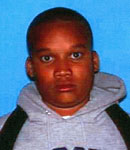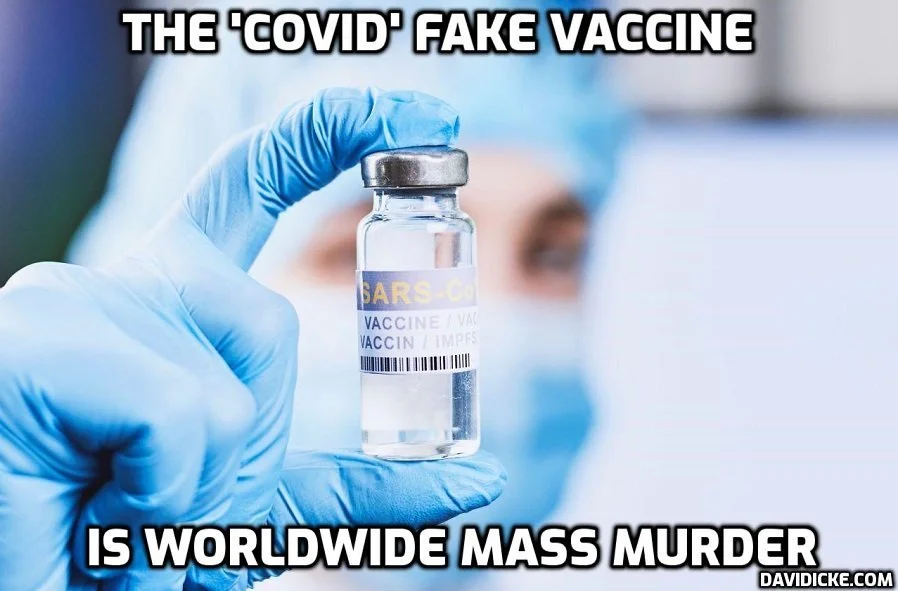Mistrial declared in suit over LA County Deputy's slaying of Black Teenager: Govt. Withheld Evidence, Officer Lied
/ From [HERE] A judge abruptly declared a mistrial in the wrongful death case of a Compton teenager who was shot by a Los Angeles County sheriff's deputy in 2009 after the attorney for the teenager's family announced he had a videotape that allegedly contradicted sworn statements made by the deputy.
From [HERE] A judge abruptly declared a mistrial in the wrongful death case of a Compton teenager who was shot by a Los Angeles County sheriff's deputy in 2009 after the attorney for the teenager's family announced he had a videotape that allegedly contradicted sworn statements made by the deputy.
The video was not played in court. But the attorney for Avery Cody Jr.'s family said it shows Deputy Sergio Reyes touching Cody's body after he shot the youth, even though Reyes said in sworn statements that he never touched Cody's body. A copy of the new video was reviewed by The Times on Friday.
The grainy, shaky footage appears to show a deputy, who cannot be definitively identified as Reyes but has a similar frame and skin tone, standing over Cody's body. The deputy in the footage, taken by a passerby, appears to briefly bend down twice to touch the body. It is unclear whether the deputy actually made contact with Cody's body or what exactly he was doing.
John Sweeney, the family's attorney, announced the existence of the video in court Wednesday — the first time the judge or defense attorneys had heard about it.
Evidence in trials typically needs to be shared with the opposing side in advance, and in the Cody case, the judge declared a mistrial Wednesday because the video hadn't been submitted to the defense and was mentioned in front of the jury, attorneys said.
However, Sweeney said he believes they were on strong legal footing because the video was meant to poke at the credibility of the deputy's testimony, and thus didn't need to be submitted in advance.
Sweeney said Friday that despite the legal delay, there is strong evidence that Reyes lied in court.
Reyes had testified this week that he hadn't touched the body afterward.
That's relevant, Sweeney said, because it shows the gunpowder residue found on the teenager was there because Reyes touched him, not because the youth had a gun.
Reyes' attorney, Eugene P. Ramirez, said that even if the video shows his client touching Cody's body, it doesn't mean he was intentionally lying.
"Homicide detectives and police psychologists see this all the time. Your brain just shuts down" in traumatic situations, he said. "Your brain plays tricks on you."
Cody and three other teenagers were walking back from lunch in July 2009 when Reyes and a more veteran deputy stopped the group and started to check for weapons.
That's when Cody and another boy bolted.
Sheriff's officials say Cody turned and pointed a handgun at Reyes, prompting the deputy to shoot.
A .38-caliber revolver was recovered next to Cody's body, sheriff's officials said.
Cody's attorneys say the gun didn't belong to the teenager and have hinted in court that it could have been planted.
Witnesses in the civil case have testified they didn't see Cody holding a gun, but may have been holding a cellphone.
When the Sheriff's Department investigated the shooting, officials said they had witnesses who saw Cody with a gun but declined to identify who they are.
Sweeney says the video marks the second instance in which Deputy Sergio Reyes' account of the shooting and its aftermath has been contradicted by video evidence. The other was when his statement that he took cover behind a metal newspaper rack was refuted by surveillance video from a nearby doughnut shop, which attorneys said was a fabrication made to exaggerate the danger the deputy felt he was in when he shot the teenager.
Sheriff's spokesman Steve Whitmore said Friday, "We take issue with them saying the deputy was lying." An internal investigation, he said, concluded that the shooting was within policy, a finding the department's watchdog agency confirmed.
Michael Gennaco, head of the Office of Independent Review, said there could be multiple legitimate reasons for a deputy to touch the body of a shot suspect — such as frisking for weapons or checking for vital signs.
The new trial date for the lawsuit is expected to be set this month.








































































































































































































































































